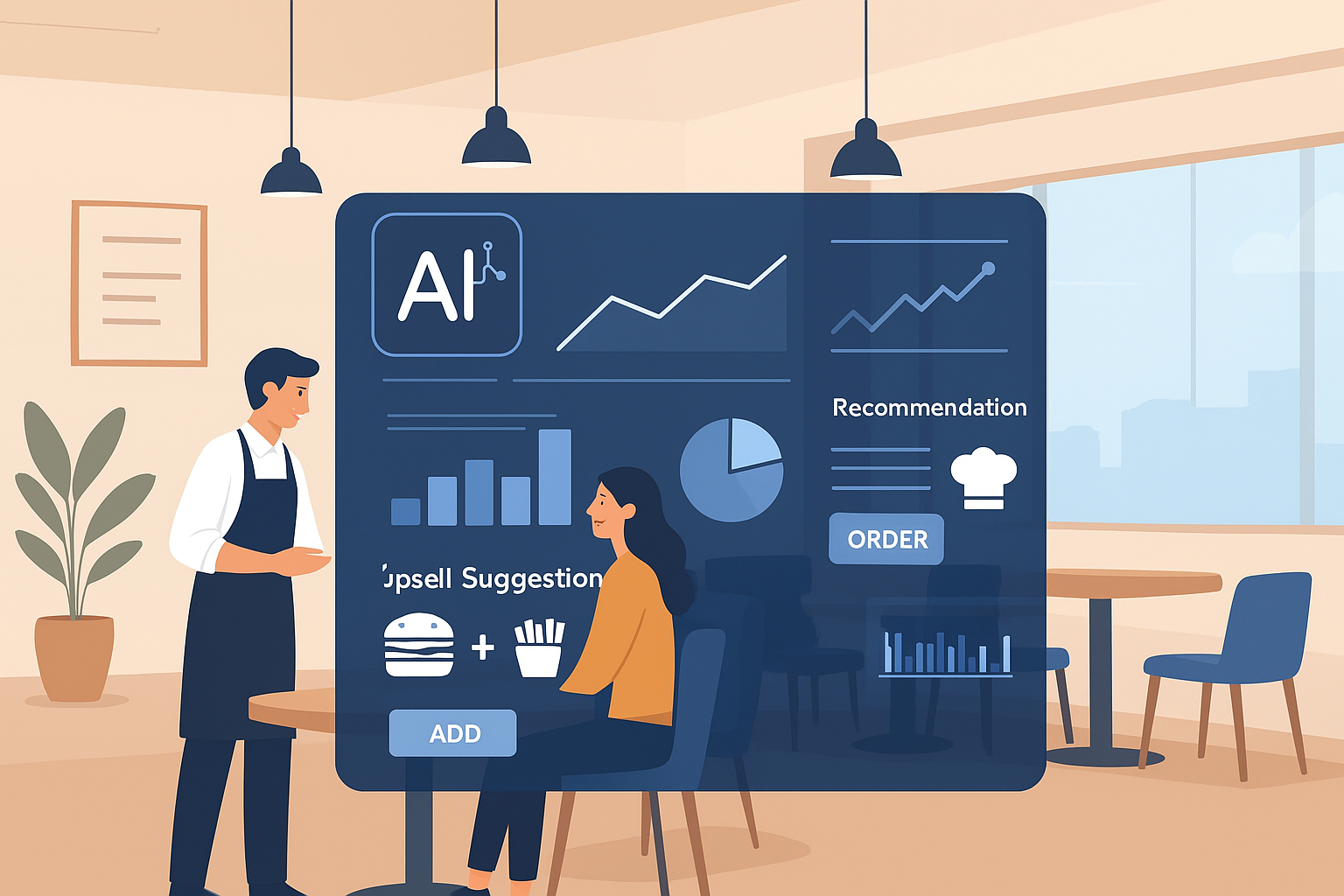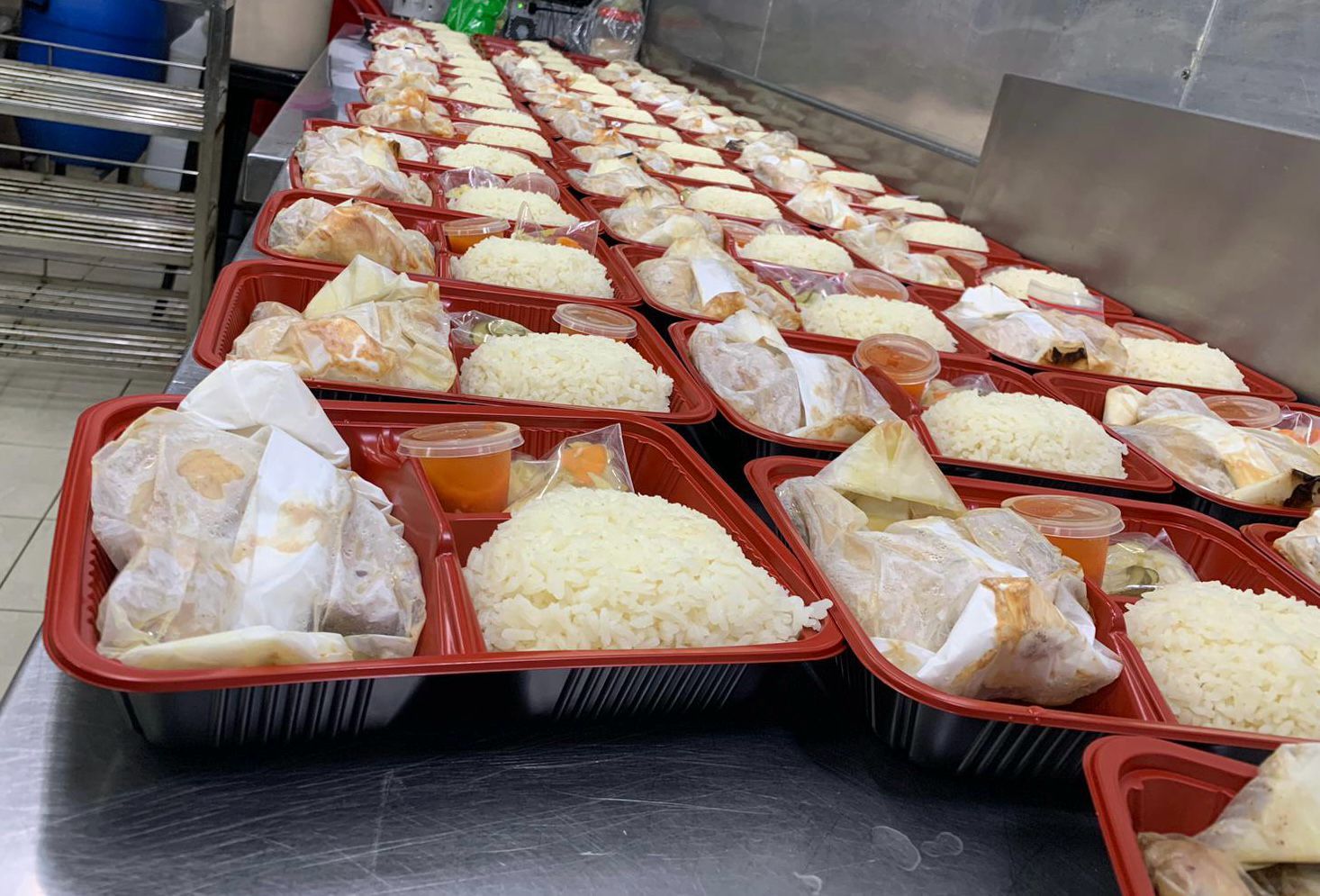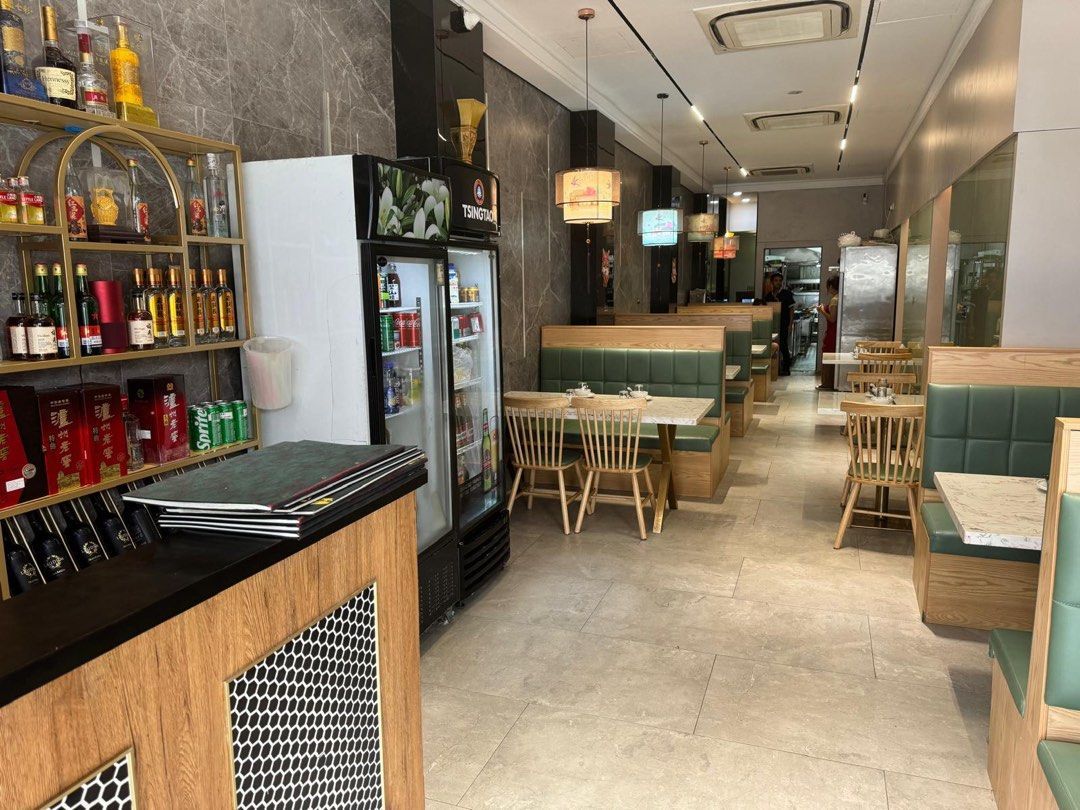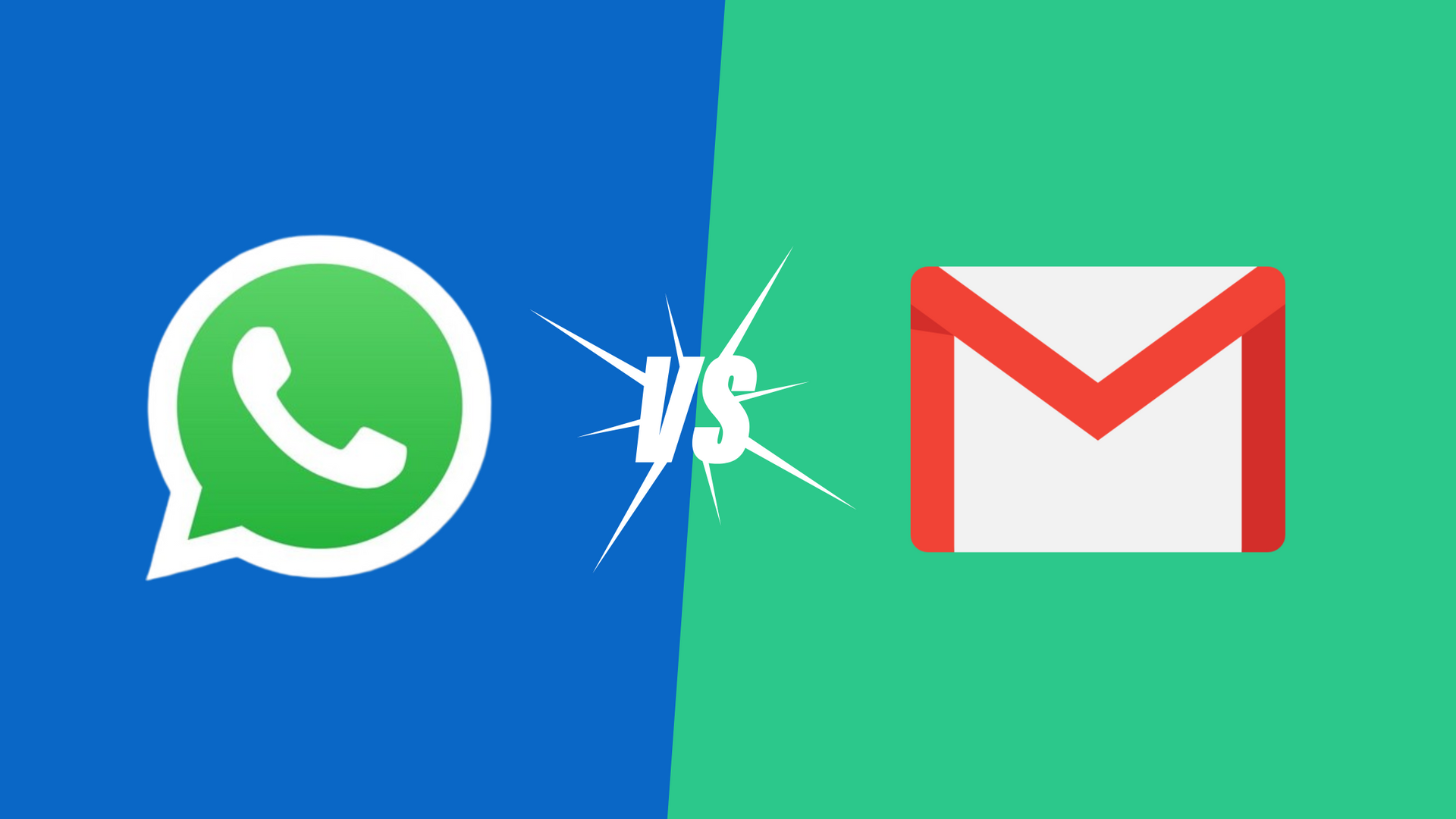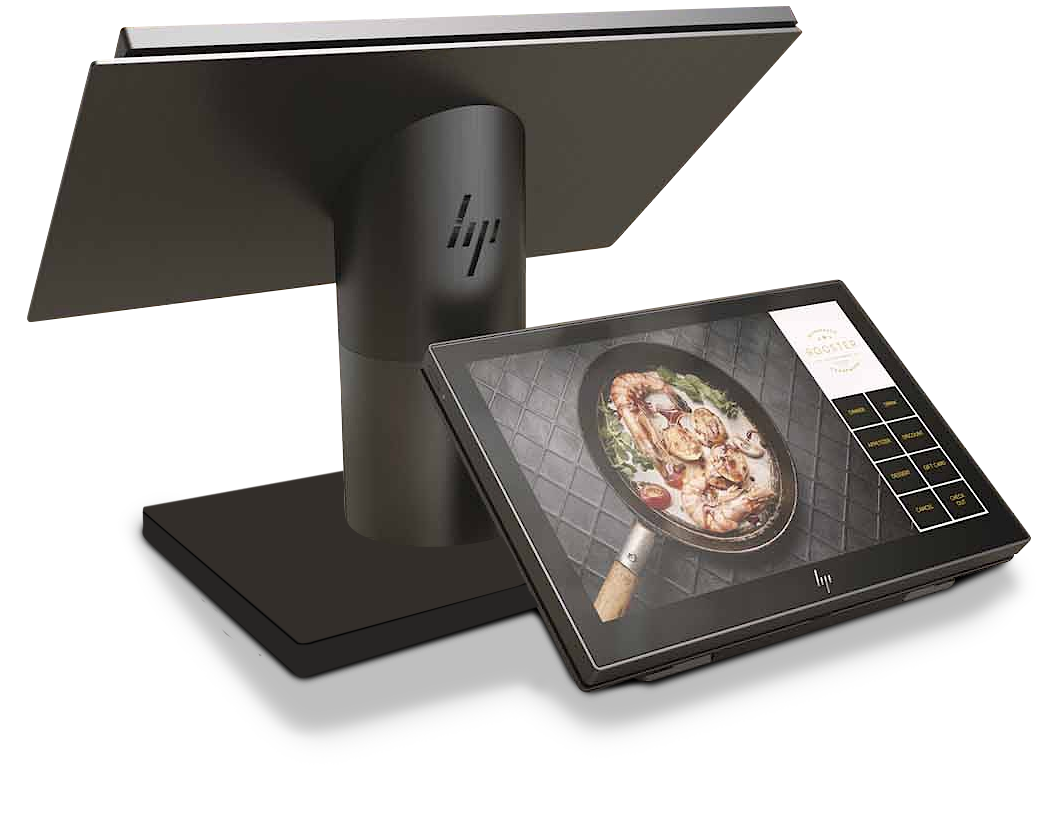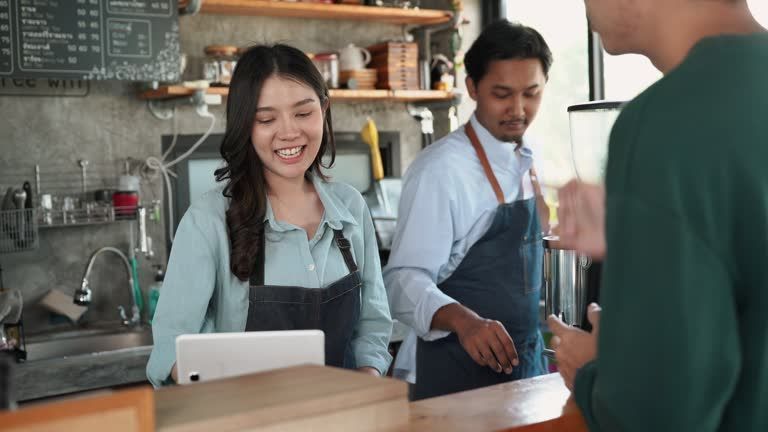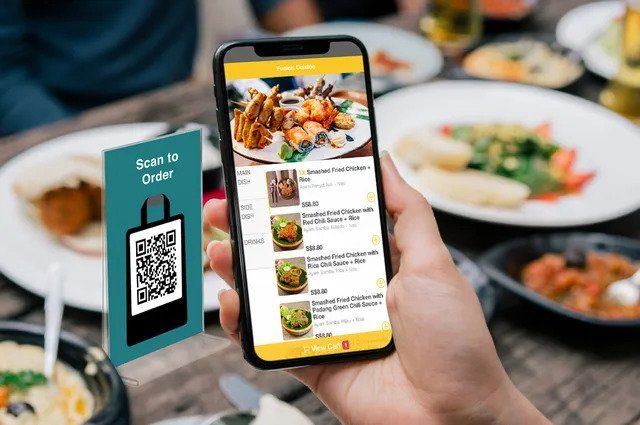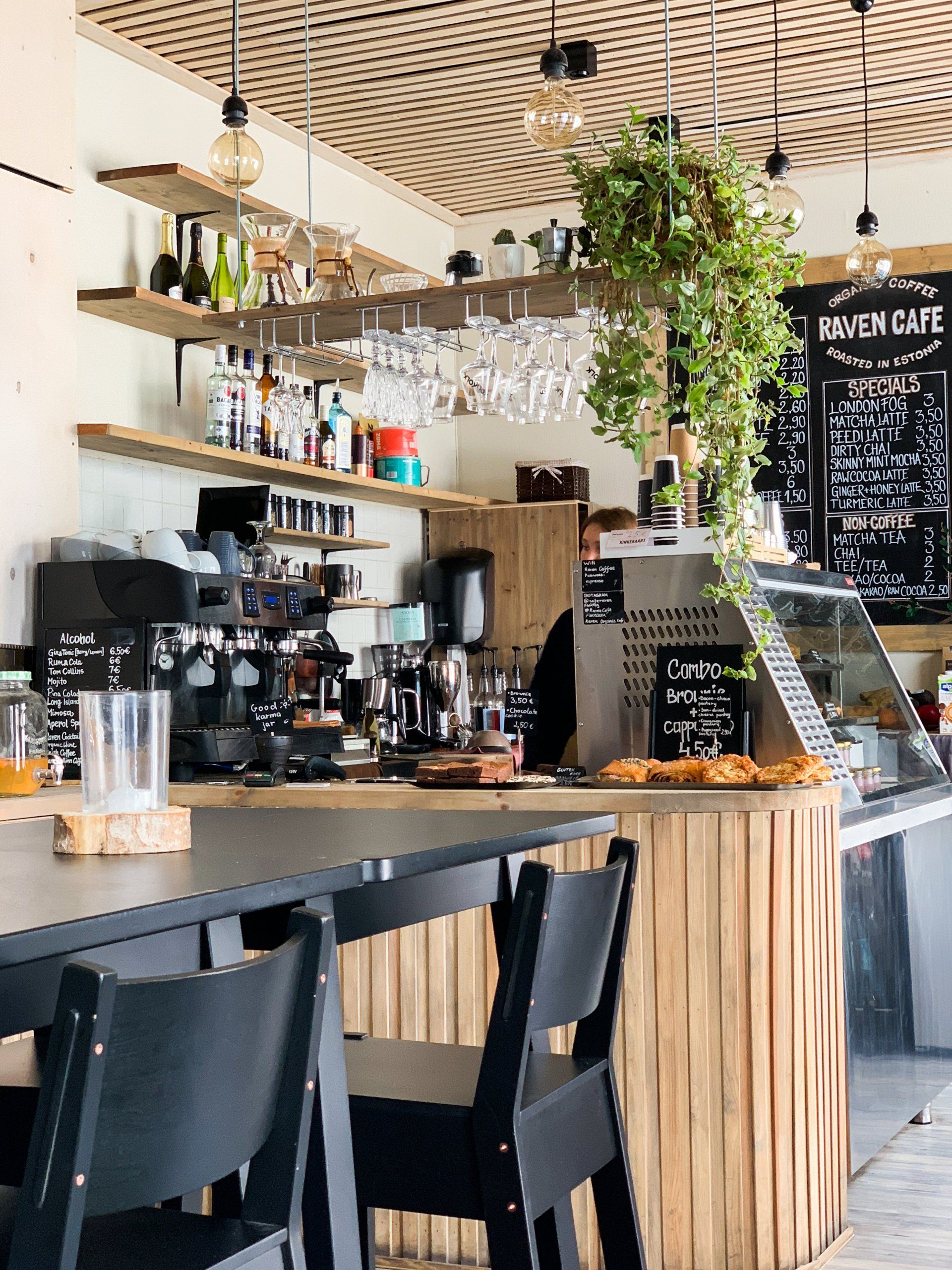
F&B business are in the service industry, hence, customer experience is very . Many people believe that customer service is only important when there is interaction between service staff and customers but customer experiences goes way beyond.
What is customer experience?
Customer experience is the customer’s impression of your brand when they interact with your business through throughout the customer journey. Customer experience affects your customer’s perception of your brand and directly affects your F&B business’s revenue.
The customer journey of an F&B business refers to the customers ordering food at your physical store through a service staff or through self ordering solutions like QR ordering and self ordering kiosks.
On top of ordering at your physical F&B store, the buying journey also refers to customers ordering online without being at your stall.
A good customer experience often builds your F&B brand’s reputation and builds up word of mouth marketing for your F&B business.
To help you identify the latest F&B customer experience trends here are some key statistics you should know.
Online customer experience
Often, when it come to new customers, their customer journey begins when they discover your business online. 66% of consumers say that a bad web or online experiences negatively affects their opinion of the brand and 55% say that they will be less likely to engage with a company if they have had a bad online experience.
In an F&B business context, this means that consumers expect a smooth and easy to navigate website when they search for your F&B business, especially on their mobile phones.
For F&B businesses that have or are planning to adopt a QR ordering solutions that allows customers to scan a QR code through their mobile phones and order through a webpage, it is important to adopt a QR ordering solution that has an intuitive interface and runs smoothly and reliably. A hard to navigate QR ordering interface that often faces technical issues makes for a bad customer buying journey at your F&B outlet.
Get feedback, no matter good or bad
Research shows that about 72% of customers will share good experiences with a business to about 6 other people which is great for word of mouth marketing.
On the other hand, if customers are not satisfied with their experiences at your F&B business, only 1 in 26 will make a complaint while the rest will stop coming back to your F&B business.
The best way to gauge customer satisfaction is to get customers to do a simple anonymous online survey where they are more likely to be honest with their feedback.
Consumers leaning towards self service
In the past, consumers preferred to interact and place orders with a service staff. Today however, 67% of customers will opt to use self service technology whenever possible.
For F&B businesses, self service technology would refer to QR ordering and self ordering kiosks. This is due to modern F&B consumers looking for the most convenient and fastest way to place orders rather than waiting or queuing up to place their orders.
Moreover, today’s F&B consumer have more confidence in self ordering technologies such as QR ordering and self ordering kiosks, taking their orders accurately as compared to a service staff.
Looking for a F&B self ordering solutions?
Setting up or operating a restaurant, cafe, quick service restaurant or take away food kiosk in Singapore and looking for an F&B self ordering kiosks or QR ordering that integrates with your POS system?
Click
here to find to learn more about iMakan QR ordering and self ordering kiosks!
